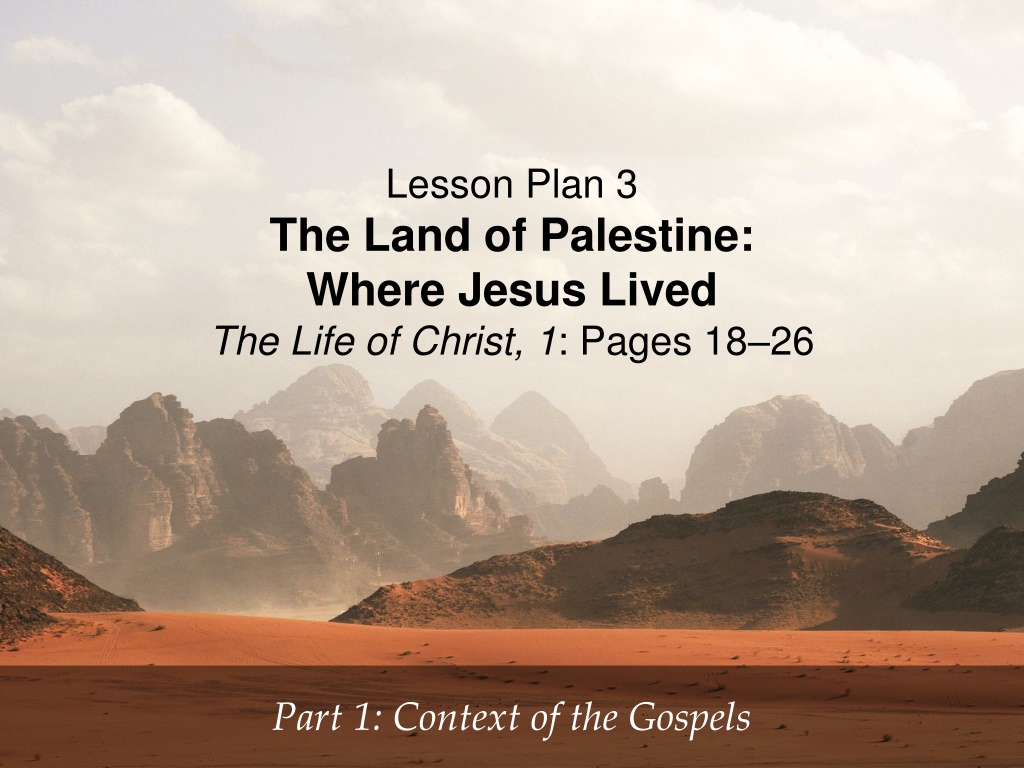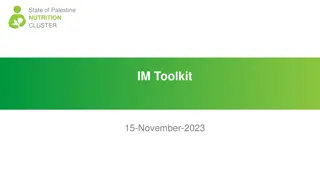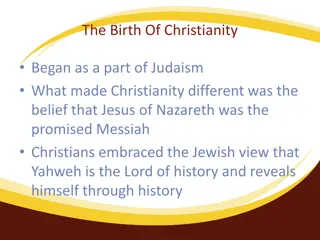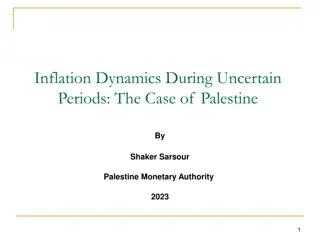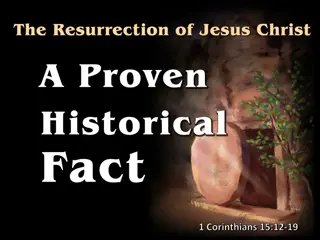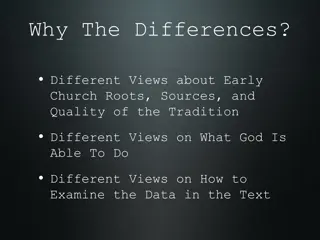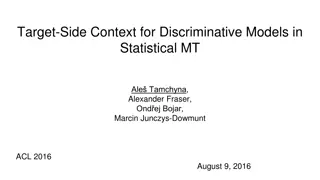Understanding the Historical Context of Jesus' Life in Palestine
Explore the context of Jesus' life in the Land of Palestine, including the regions he visited, changes in designation, language, occupation, worship practices, and religious leadership during that time. Understand the significance of Jewish sects in Jesus' era.
Download Presentation

Please find below an Image/Link to download the presentation.
The content on the website is provided AS IS for your information and personal use only. It may not be sold, licensed, or shared on other websites without obtaining consent from the author. Download presentation by click this link. If you encounter any issues during the download, it is possible that the publisher has removed the file from their server.
E N D
Presentation Transcript
Lesson Plan 3 The Land of Palestine: Where Jesus Lived The Life of Christ, 1: Pages 18 26 Part 1: Context of the Gospels
The Land of Palestine In the OT the land into which Jesus was born was called Canaan. Three provinces become known The Jews dominated Judea. Jesus visited Judea many times during feast days Samaria was occupied by a half-breed group called Samaritans. Samaria was in the middle of Palestine. Galilee had a mixture of Jews and Gentiles. Jesus spent most of His life in Galilee. Galilee was to the far north.
Changes in Designation By the end of the OT, God s people were already known as Jews, but by the NT times, Jews was the primary designation. These are the main terms of designation for the Israelites that we need to remember.
Changes in Language After Babylonian captivity, Aramaic gradually replaced Hebrew. The universal language in the NT days was Greek. The official language of the Roman government was Latin. Remember, the sign above Jesus head on the cross was written in three languages: Hebrew, Latin, and Greek.
Changes in Occupation Before captivity, Jews were farmers and herdsmen. During captivity, they discovered that they possessed trading skills. During NT, Jewish businessmen were scattered all over the world.
Changes in Worship The temple was still important to the Jews, but it was basically destroyed. By the time of Christ, the synagogue was the heart of religious life among the Jews. Synagogues are not mentioned in the OT, but they are prominent in the NT.
Changes in Religious Leadership In the OT, priests were the recognized religious leaders. During Jesus ministry, Judaism had two high priests (Luke 3:2). Other leaders emerged the first were rabbis (Matthew 23: 7, 8). Next were the scribes the word translates writer. Next was the Sanhedrin the Jewish Supreme Court, which was sometimes referred to as council. It was important for these leadership groups to maintain the status quo, and they became Jesus greatest foes.
The Rise of Sectarianism Jewish sects became prominent in Jesus day. Most were influenced by politics and culture, but they deserve our time and study. Pharisees literally means to separate. Sadducees a wealthy, aristocratic group, many of whom were priests Other Sects: Herodians political group dedicated to replacing a Herod on the throne Zealots dedicated to overcoming Rome with a sword Essenes religious extremist group who separated from society that is not mentioned in the Bible but is in history
Messianic Expectations The Jews were eagerly looking for God s Messiah. Messiah is a Hebrew word that means anointed one. Of course, they thought that He would be a king of physical Israel. The anticipation of the coming Messiah can be seen in Luke 2:25 38 with the reactions of Simeon and Anna. With the anticipation, why was Jesus not accepted?
Conclusion What lessons do we learn from Jesus being born in Palestine? God goes from small to great. The area was small so Jesus could travel from place to place in it. Jesus fully tasted of humanity.
